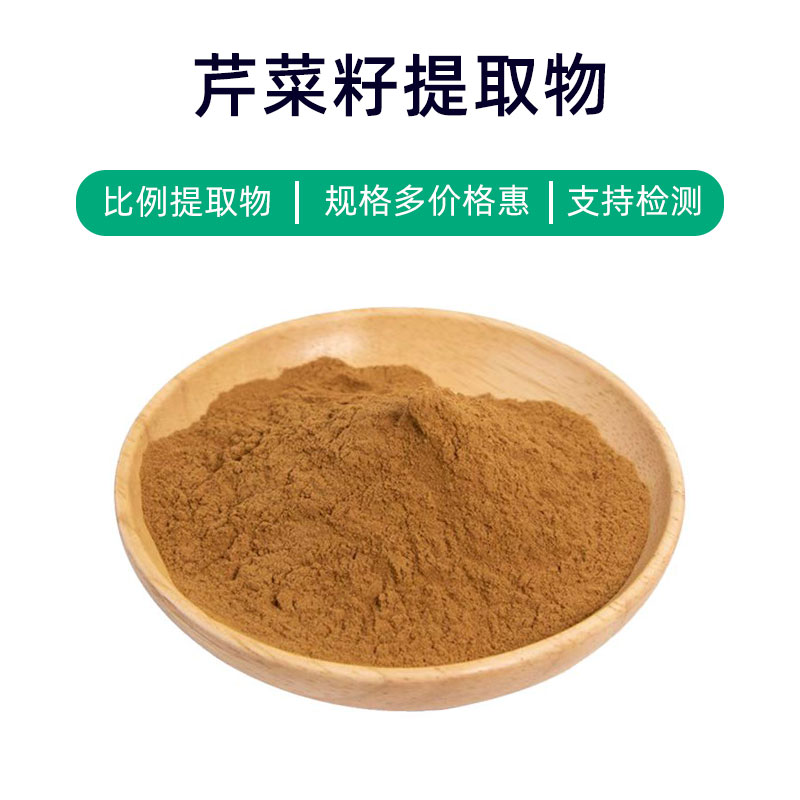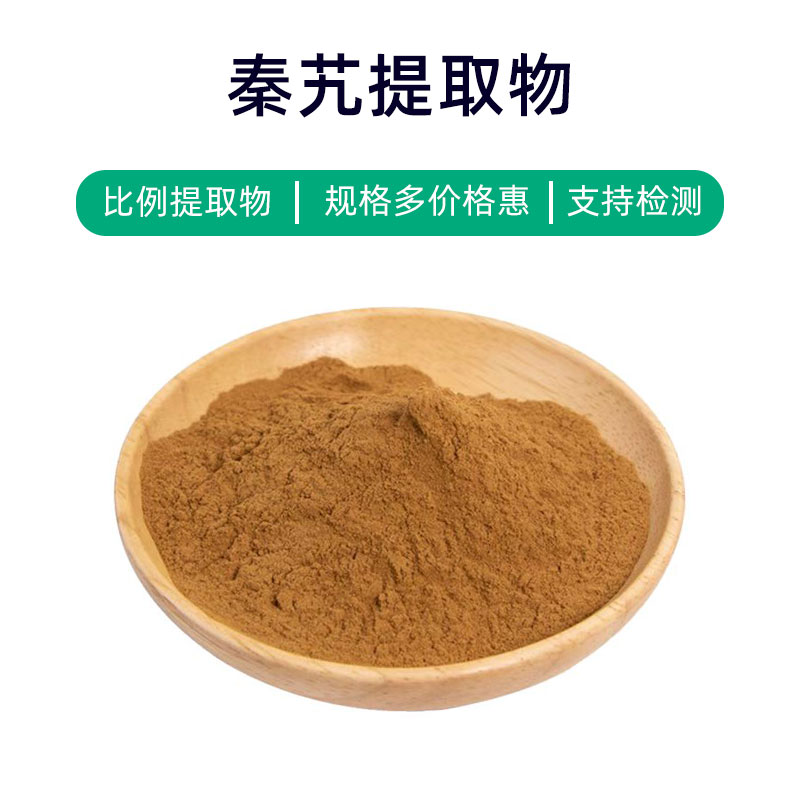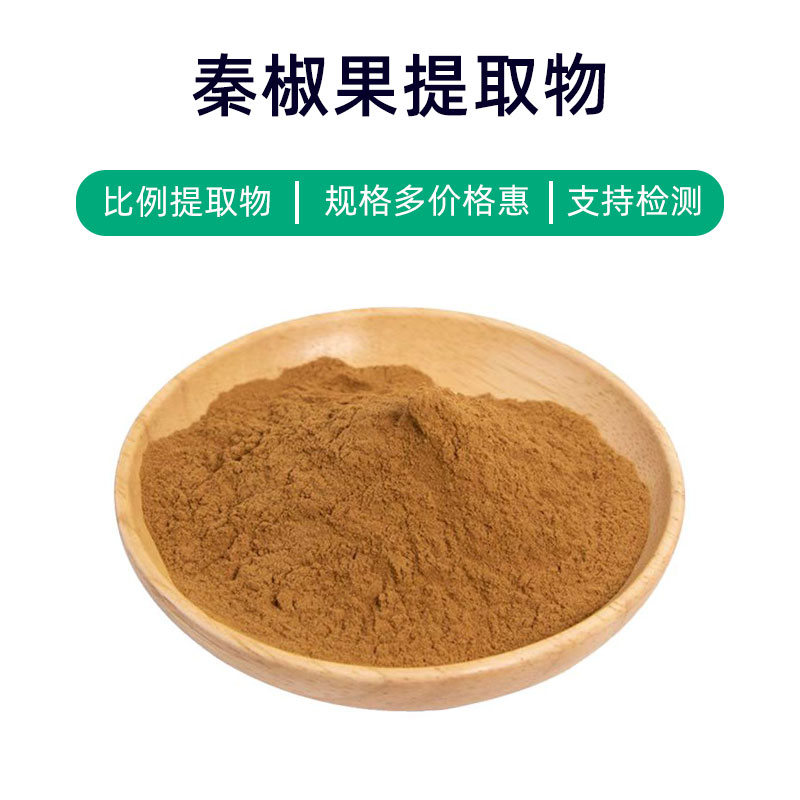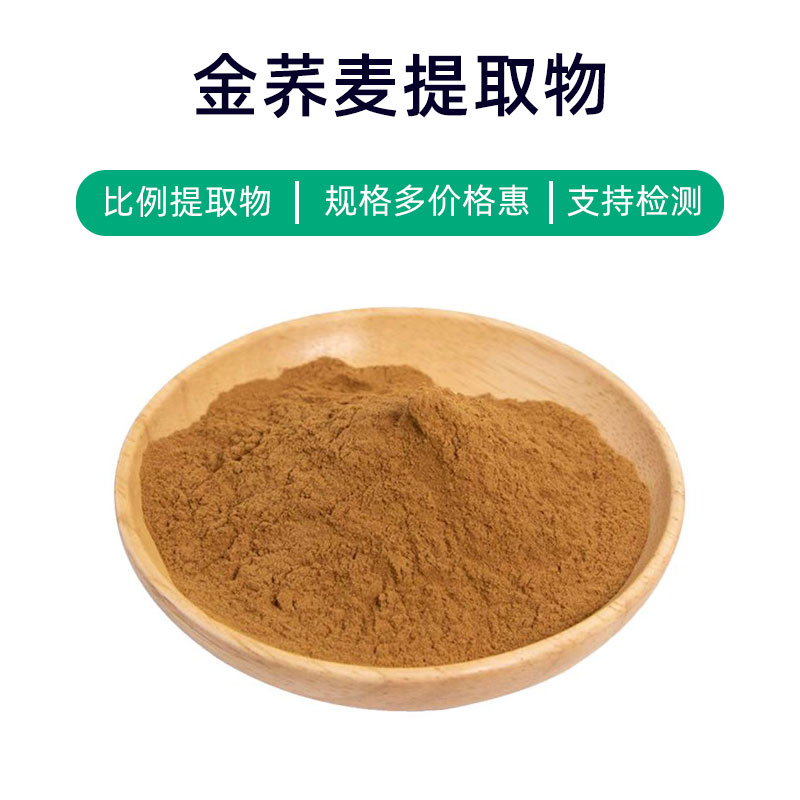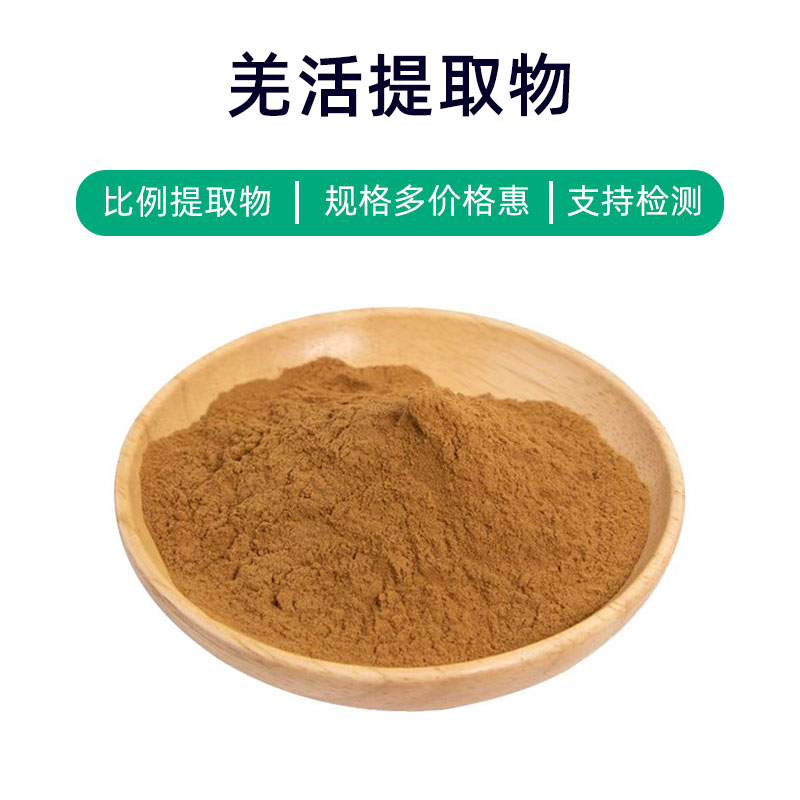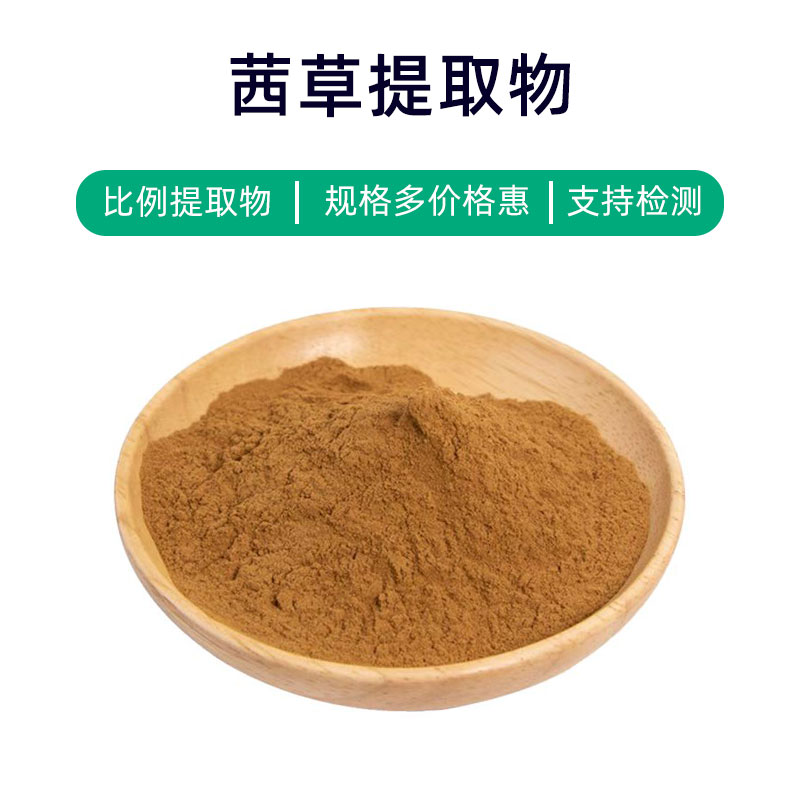Buckwheat - Bitter Buckwheat Extract Product Introduction
Buckwheat - Bitter Buckwheat Extract is a natural plant extract derived from buckwheat fruit. Its main ingredients include flavonoids such as quercetin, rutin, and flavonol glycosides, as well as vitamins, minerals, and proteins. These components provide the extract with various benefits and applications.
This extract is extensively used in pharmaceuticals, dietary supplements, food, and cosmetics. Its primary effects include antioxidant properties, blood sugar reduction, and blood pressure lowering. Flavonoids have significant antioxidant effects, helping to eliminate free radicals in the body and slow down the aging process. Furthermore, components in Buckwheat - Bitter Buckwheat Extract can effectively lower blood sugar and blood pressure levels, aiding in the management of diabetes and hypertension.
In the pharmaceutical field, Buckwheat - Bitter Buckwheat Extract is often used to create medications or supplements for blood sugar and blood pressure management; in food, it serves as a natural additive to enhance nutritional value and functionality; in cosmetics, it is included in skincare and anti-aging products to protect the skin from free radical damage and delay aging.
Overall, Buckwheat - Bitter Buckwheat Extract is a multifunctional natural plant extract with broad application prospects and significant economic value.
Buckwheat - Bitter Buckwheat Extract Production Process
The production process of Buckwheat - Bitter Buckwheat Extract generally includes the following main steps:
- Raw Material Preparation: Begin with selecting high-quality buckwheat fruit. These fruits usually undergo preliminary processing, including cleaning, impurity removal, and husking to ensure the purity and quality of the extract.
- Extraction: Place the processed buckwheat fruit in extraction equipment, adding an appropriate solvent (such as water or ethanol) for immersion extraction. Control parameters like temperature, time, and pressure during the extraction process to ensure complete dissolution and extraction of effective ingredients.
- Filtration: Once the active components in the extraction solution are sufficiently dissolved, filter to remove solid residues and impurities, resulting in the extraction liquid.
- Concentration: Concentrate the extraction liquid, typically using vacuum concentration or evaporation techniques to evaporate the solvent, yielding a concentrated extract.
- Purification: Refine and purify the concentrated extract, usually involving processes like precipitation, crystallization, and filtration to remove impurities and unwanted components, enhancing the purity and quality of the extract.
- Drying and Milling: The refined extract is dried using methods such as spray drying or vacuum drying to produce a powdered form, facilitating packaging and storage.
- Packaging and Storage: Finally, the dried extract is packaged, typically in airtight containers to prevent oxygen, moisture, and light from affecting the extract, then stored in a cool, dry environment to ensure quality and stability.
This outlines the conventional production process for Buckwheat - Bitter Buckwheat Extract, which may vary slightly based on the specific technologies and equipment of different manufacturers.
Buckwheat - Bitter Buckwheat Extract Benefits and Side Effects
Buckwheat - Bitter Buckwheat Extract, derived from bitter buckwheat (Fagopyrum esculentum Moench), has numerous benefits and effects:
- Antioxidant Effect: Rich in flavonoids like quercetin and rutin, it exhibits significant antioxidant activity that can eliminate free radicals and protect cells from oxidative damage.
- Blood Sugar Reduction: The natural bioactive compounds in bitter buckwheat extract can help inhibit blood sugar spikes, aiding in the regulation of blood sugar levels and providing auxiliary therapeutic effects for diabetes patients.
- Blood Lipid Reduction: Research indicates that polyphenolic compounds in Buckwheat - Bitter Buckwheat Extract can lower cholesterol and triglyceride levels in the blood, helping prevent and improve lipid abnormalities.
- Anti-inflammatory Properties: The extract contains abundant quercetin and other bioactive components, which offer anti-inflammatory effects, alleviating inflammation responses and symptoms of inflammatory diseases.
- Digestive Support: Dietary fibers and polyphenols in bitter buckwheat extract can promote intestinal motility, increase stool bulk, and improve digestive issues like constipation.
- Improved Vascular Function: Active components like quercetin can help dilate blood vessels, lower blood pressure, enhance vascular function, and prevent cardiovascular diseases.
- Enhanced Immune Function: Polyphenolic compounds in the extract have immunomodulatory effects that can boost immunity and resistance to infections and diseases.
- Antitumor Activity: Some active components found in bitter buckwheat extract are believed to possess antitumor effects, inhibiting the proliferation and metastasis of tumor cells, thus assisting in the prevention and treatment of some cancers.
While Buckwheat - Bitter Buckwheat Extract offers many benefits, it's essential to be aware of potential side effects and safety. Long-term or excessive use may lead to digestive discomfort or allergic reactions, so consulting with a healthcare professional for advice on appropriate dosage and usage is recommended before use.
Buckwheat - Bitter Buckwheat Extract Applications and Dosage
Buckwheat - Bitter Buckwheat Extract has widespread applications in pharmaceuticals, food, and cosmetics, with the following primary application scenarios and recommended dosages:
- Pharmaceutical Field:
- Blood Sugar Reduction: The extract can be formulated into blood sugar-lowering medications suitable for adjunct therapy in diabetes, with typical dosages based on medical advice.
- Blood Lipid Reduction: Used to produce lipid-lowering medications that help regulate lipid abnormalities and minimize cardiovascular risks, typically available in tablet or capsule form.
- Antioxidant Addition: Can serve as a natural antioxidant in supplements, enhancing the body's antioxidant capabilities and preventing aging and chronic diseases.
- Food Industry:
- Food Additive: Used as a natural food additive in functional foods like cereals, grains, bread, and cookies, increasing nutritional value and functionality.
- Flavoring Agent: Incorporated into food flavorings to enhance taste and aroma, such as buckwheat tea and buckwheat flour, with quantities determined by product type and formulation.
- Cosmetic Industry:
- Skincare Products: Rich in flavonoids and polyphenols, it can be included in products like masks, lotions, and serums, offering antioxidant, moisturizing, and soothing effects for the skin.
- Beauty Products: Added to beauty products like shampoos and conditioners to improve hair texture and maintain healthy shine.
Dosage varies according to specific applications and product types, and general principles include:
- Pharmaceutical Use: Follow the recommendations of healthcare professionals or product instructions, with dosages adjusted according to individual conditions.
- Food Use: Incorporate according to the recommended amounts in formulations, typically not exceeding permissible levels set by national food safety standards.
- Cosmetic Use: Apply according to product guidelines or relevant standards, generally recommended to be applied moderately on the skin surface and massaged until fully absorbed.
During usage, attention should be paid to storage methods and conditions to avoid direct sunlight and high temperatures, preventing product degradation. If any discomfort or allergic reactions occur, discontinue use immediately and consult a healthcare professional.
Buckwheat - Bitter Buckwheat Extract Source Plant Introduction, Distribution, and Growth Environment
Buckwheat (Fagopyrum esculentum Moench) is an ancient plant of the grass family, classified as an annual or biennial herb. Other names include bitter buckwheat and millet. It originated in China, boasting a long history and serving as an important food and economic crop. Here are details regarding the source plant of Buckwheat - Bitter Buckwheat Extract, its distribution, and growth conditions:
- Plant Description:
Buckwheat belongs to the grass family, featuring an upright stem, triangular or heart-shaped leaves, and small white clusters of flowers. Its fruits are achenes with triangular seeds packed with starch and proteins. The varieties of bitter buckwheat differ from common buckwheat mainly in seed color, shape, and bitterness level. - Distribution:
Buckwheat's native regions are in southwestern China, such as Sichuan, Guizhou, and Yunnan. It has since spread to various parts of the world, particularly in temperate zones of Asia, Europe, and North America. In China, it primarily grows in high-altitude mountainous and hilly areas. - Growth Environment:
Buckwheat is highly adaptable, thriving in a range of environments. Generally, it prefers sunny, cool, moist, and well-aerated conditions. Soil requirements are not strict, though well-drained soils are most suitable. It can tolerate lower temperatures and short daylight, classified as a cold-resistant crop, with an ideal growing temperature between 15°C to 25°C.
The source plant for Buckwheat - Bitter Buckwheat Extract primarily grows in mountainous and hilly regions where the climate and soil conditions are favorable. These areas have a rich history and cultural significance associated with buckwheat cultivation, providing a robust resource base for the production of buckwheat extracts.
Buckwheat - Bitter Buckwheat Extract Processing and Storage
The processing of Buckwheat - Bitter Buckwheat Extract typically involves the following steps: first, the buckwheat is cleaned and impurities are removed; then it is ground into powder before utilizing appropriate extraction methods (such as water or alcohol extraction) to obtain effective components; subsequently, filtration, concentration, and drying steps are conducted to yield the final buckwheat extract.
For storage, the extract should be kept in a dry, cool, and well-ventilated area, avoiding direct sunlight and humidity to ensure quality stability and longevity. The extract is stored in airtight containers, with regular checks on its appearance and characteristics to ensure there are no off-odors or significant signs of degradation, thus guaranteeing its quality and efficacy.
Monica Sun is a seasoned expert in the plant extraction industry with over a decade of experience in research and production. She specializes in the extraction and purification of plant active ingredients, focusing on driving innovation in natural product applications. Monica has participated in the development of multiple functional plant extracts, delivering high-value natural raw material solutions for the health food, pharmaceutical, and dietary supplement sectors.









